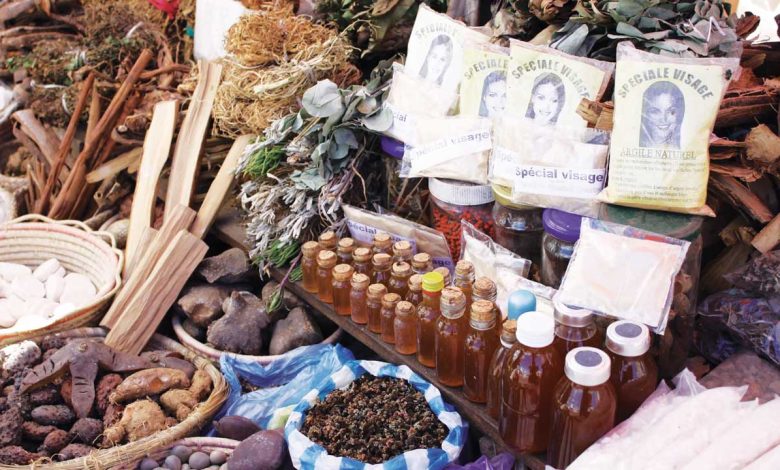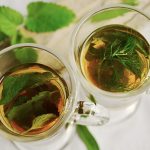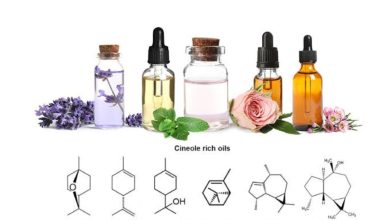Importance of Standardization Of Herbal Drugs

Herbal drugs, also known as herbal medicines or botanical medicines, are medicinal products derived from plants or plant extracts. These natural remedies have been used for centuries in various traditional systems of medicine, such as Traditional Chinese Medicine (TCM), Ayurveda, and traditional medicine practices in different cultures around the world.
Herbal drugs are prepared from various parts of plants, including leaves, stems, roots, flowers, seeds, or fruits. The active compounds in these plants are believed to have therapeutic properties and can be used to treat or alleviate various health conditions and diseases.
Key Features of Herbal Drugs:
1. Natural Origin: Herbal drugs are derived from natural sources, primarily plants. They are often perceived as more “natural” compared to synthetic drugs, which are chemically manufactured.
2. Traditional Use: Many herbal drugs have a long history of traditional use in different cultures for treating specific ailments. Traditional knowledge and practices have often guided the usage of these medicines.
3. Active Compounds: Herbal drugs contain active compounds, such as alkaloids, flavonoids, terpenoids, and polyphenols, which are responsible for their medicinal properties.
4. Holistic Approach: Traditional systems of medicine often take a holistic approach to health, considering the overall well-being of an individual rather than focusing solely on specific symptoms.
5. Wide Range of Uses: Herbal drugs have been used to treat a diverse range of health conditions, including digestive disorders, respiratory problems, skin conditions, pain management, and more.
6. Safety Concerns: While herbal drugs are generally considered safe, there can be risks associated with their use, such as adverse interactions with other medications or allergic reactions. It is essential to consult a healthcare professional before using herbal medicines, especially if taking other medications or dealing with specific health conditions.
7. Research and Regulation: In recent years, there has been increasing scientific interest in herbal drugs, leading to research on their efficacy and safety. Some herbal drugs have undergone clinical trials to validate their therapeutic effects. However, regulations and standards for herbal medicines can vary by country.
It’s important to note that while herbal drugs have been used traditionally for various health purposes, not all herbal remedies have undergone rigorous scientific testing or received approval from regulatory authorities.
Standardization of herbal drugs
Standardization of herbal drugs refers to the process of establishing uniformity, consistency, and quality control measures for medicinal products derived from plants or plant extracts. This process ensures that herbal drugs contain a consistent and reliable level of active compounds responsible for their therapeutic properties. The goal of standardization is to provide a reliable and reproducible product, where each batch of herbal drugs meets specific criteria for potency, efficacy, safety, and identity.
Importance Of Standardization Of Herbal Drugs
The standardization process involves various steps, including the identification and authentication of the correct plant species and plant parts to be used for medicinal purposes. Once the source of the herbal drug is confirmed, appropriate methods for harvesting, processing, and extracting the active compounds are determined. Analytical techniques are employed to assess the quality and content of the active ingredients, ensuring compliance with established standard
Standardization of herbal drugs is a critical aspect of ensuring that these natural remedies meet specific quality and safety standards. Herbal drugs, derived from plants and plant extracts, have been used for medicinal purposes for centuries in various traditional systems of medicine. However, due to the inherent complexity of herbal mixtures, standardization becomes crucial in establishing uniformity and consistency in their composition and effects.
In the context of herbal drugs, quality standardization involves setting specific criteria for the content of active compounds, such as alkaloids, flavonoids, terpenoids, and polyphenols, which are responsible for the therapeutic properties of these medicines. By determining the appropriate levels of active ingredients, standardization ensures that each batch of herbal drugs contains a consistent amount of bioactive compounds, leading to predictable and reproducible effects. This is particularly important as natural variations in plant species, geographical origin, and harvesting time can influence the potency of herbal drugs. Standardization provides a solution to these variations, offering a reliable and consistent product for patients and healthcare practitioners.
In addition to maintaining consistent quality, standardization also addresses the safety concerns associated with herbal drugs. While herbal medicines are generally considered safe, some plants may contain toxic compounds or potential allergens. Without proper quality control and standardization, the presence of these harmful substances can pose significant risks to patients’ health. By implementing strict quality control measures, standardization helps to minimize the levels of potentially harmful compounds and ensures the overall safety profile of herbal drugs.
Furthermore, efficacy standardization is essential for herbal drugs to demonstrate reliable and consistent therapeutic effects. The complexity of herbal mixtures, with multiple bioactive compounds working synergistically or antagonistically, can make it challenging to ascertain their precise effects. Standardization assists in establishing optimal formulations with consistent levels of active compounds, allowing for better control over the therapeutic outcomes of herbal medicines. This, in turn, contributes to evidence-based medicine, where treatment decisions are made based on scientific evidence and rigorous research.
The process of standardization involves several steps, including the identification of the correct plant species and the appropriate plant parts for medicinal use. Once the source of the herbal drug is identified, methods for harvesting, processing, and extracting the active compounds are defined. Analytical techniques are employed to assess the quality and content of active ingredients, ensuring compliance with established standards. These analytical methods may include high-performance liquid chromatography (HPLC), gas chromatography (GC), mass spectrometry (MS), and other advanced techniques.
Standardization is not only essential for ensuring the quality and safety of herbal drugs but also for supporting their acceptance and integration into mainstream healthcare practices. Many countries have different regulatory frameworks for herbal medicines, and standardization provides a common ground for quality assessment, facilitating trade and acceptance of herbal products across borders. By adhering to international standards, herbal drug manufacturers can gain credibility and trust among healthcare professionals and consumers, leading to increased global acceptance and marketability.





